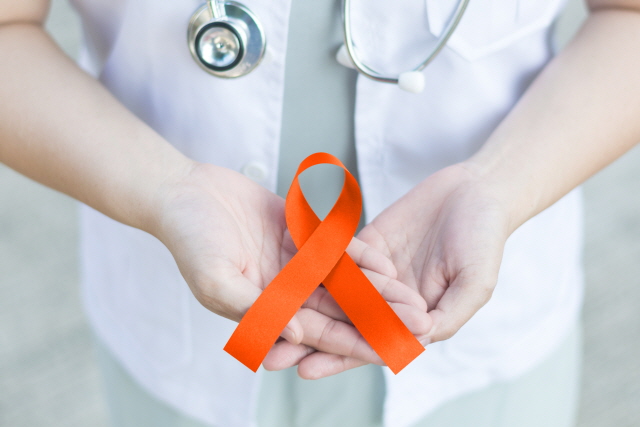
A Female Patient With CRPS For 22 Years And Cancer Treatment
By David Lee, L.Ac.
CRPS manifests as persistent nerve pain, primarily affecting the arms, hands, legs, and feet, even after the initial injury has healed. This debilitating condition often leads to severe pain, accompanied by a loss of range of motion. Skin discoloration and inflammation triggered by temperature and climatic changes further exacerbate the challenges faced by individuals with CRPS.
Sheila K., a 67-year-old former registered nurse, encountered CRPS following a traumatic car accident 22 years ago. The incident resulted in crushed bones in her left upper body, upper shoulder, and hip, causing relentless pain that persisted even after months of healing. With a pain level consistently reaching above 8/10, Sheila found herself wheelchair-bound, with persistent swelling and discomfort on the left side. Cold or rainy weather turned her hands and feet purple, while wind, stress, and certain foods exacerbated her pain.
Her journey took a more challenging turn when cancer treatment with chemotherapy worsened her CRPS symptoms. Sheila began acupuncture at my clinic when her cancer was in remission for two years. On her good days, she could walk up to 3 miles, steering clear of medications like Norco and Gabapentin. However, most days were marked by frequent flare-ups of pain and inflammation.
Acupuncture played a pivotal role in Sheila’s recovery. Initially focused on the left side of her body, Yang Horary points in Metal Order (LI1 metal, UB66 water, GB41 wood, SI5 fire, and ST36 earth) were employed in the first 17 sessions. These treatments notably reduced the intensity, frequency, and duration of her symptoms. Subsequently, Earth points (LI11 Earth and GB34 Earth) were added. Her further relief confirmed her diagnosis as a Soeumin 2 in Sasang.
Identifying Sheila as a Soeumin with secondary Taeeumin, certain characteristics corroborated this diagnosis. She could read in a moving vehicle for an extended period, was sensitive to caffeine, had a large pelvis on palpation, and experienced allergic reactions to shellfish and other stimuli. Gui Zhi Ban Xia Sheng Jiang Tang (Sheng Jiang, Gui Zhi, Ban Xia, Bai Shao, Bai Zhu, Chen Pi, Gan Cao) became her primary herbal medicine. Bu Zhong Yi Qi Tang and Xiang Sha Yang Wei Tang were also supplemented. These herbal formulations provided additional support to her body’s healing process.
By the 19th visit, acupuncture on the right side of her body, using Metal-Order points, contributed to even greater relief. A total of 36 acupuncture sessions over 6 months reduced her pain to a consistent 2-3 out of 10, with periods of complete relief.
Within a year of treatment, Sheila’s condition stabilized, allowing her to walk barefoot with reduced neuropathy and even dance for an hour without aggravation. In the third year, weekly or bi-weekly acupuncture sessions sustained her active lifestyle. Although weather changes still caused swelling, discoloration, and pain, Sheila experienced normal functionality during other times. The summer months brought endless freedom, marking a significant improvement in her overall well-being.
































